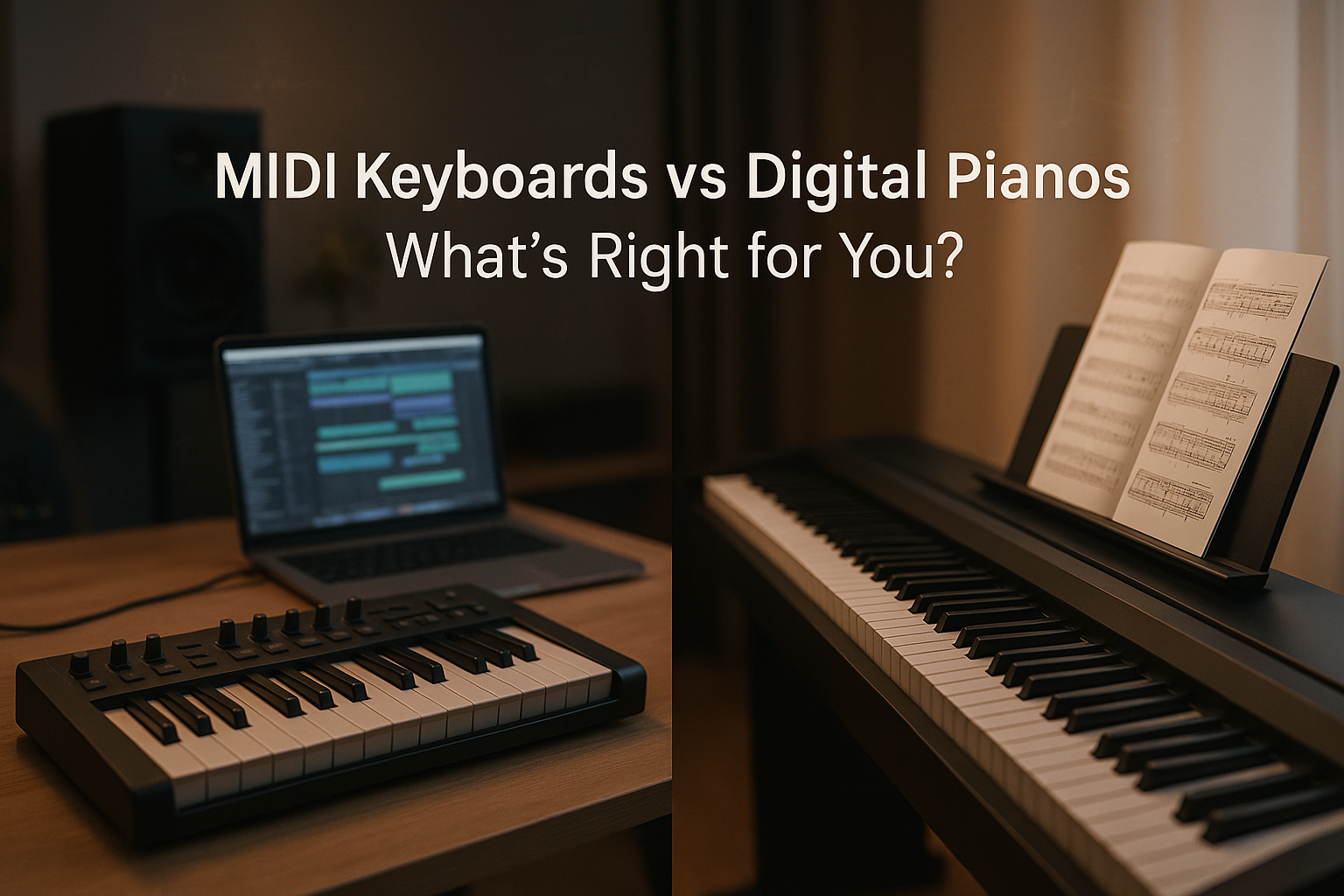A compressor pedal is the butter on the bread, the cheese on the pizza, the froth in your beer and the muscle in your tone. It's the holy grail of all analog and digital effects.
Ever wondered how you could get that smooth, fat and glossy tone that shine in those professional mixes and is used by your favourite musicians?
But just knowing isn't enough, is it?
Getting a compressor pedal to compliment your tone is not just a matter of having one in your signal chain, You need to know how to use it to dial out the sound you want. Using a compressor pedal is not as easy as other FX units as there are a lot of ways you could go wrong with it, making your tone worse than it should. In this article we'll discuss when you should and when you shouldn't use a compressor, starting with the absolute basics.
What does a compressor do?
A compressor smoothens out your tone by constant & active attenuation of your levels. It's nearly impossible to play at a constant level, your output level will always fluctuate with every note hit or strike. It will frequently go louder than you want it to or be softer than you intend it to be. The trick to succesful compression is to apply it in a manner that does the job while preserving your dynamics. These dynamics are what that bring the beef to your chunky riffs or the twang to your floaty cleans.
In short, a compressor subtly makes the louder parts of your signal a little softer and the softer parts of your signal louder by limiting the dynamic range of your signal which results in a consistent signal and overall loudness.
Getting around using compressor pedals - BASICS
The controls on different compressor pedals are usually similar when it comes to operation. There is a volume/output knob, which is self-explanatory. There is another knob marked sustain/sensitivity/gain reduction, depending on different pedals. This knob controls the amount of expression triggered by your pedal. There might also be an 'Attack' knob which controls how fast the compression will kick in and snap shut.
Personally, I feel the trick is to find the sweet spot where the attack lets most of the transients through before snapping shut.
Terms you need to be familiar with
If you want to get around using a compressor to your advantage, you need to wrap your head around these terms. It actually sounds cool speaking the studio geek tongue.
1. Threshold: The audio level where the compression starts
2. Ratio: Relative measure of the volume and its reduction beyond the threshold.
3. Make-up Gain: Volume level increase measure post-compression
4. Attack: How quickly the compressor applies after the threshold is hit
5. Release: How quickly the compressor stops after the level comes down
6. Knee: Has two modes. Hard Knee and Soft Knee apply the compression quickly and gradually respectively.
Our pick of guitar compressor pedals

This is one of the most famous compressor pedals and a favourite just because of to the ease of use. Being a guitarist carrying that rig around town, if you're as lazy as I am this one is an awesome choice for you. You can tweak your tone at the turn of a knob. It has just 2 knobs, an output knob and a sensitivity knob that controls overall compression.
I like it easy. No freaky knobs, no fuss.
But if you're someone who wants to customize all aspects of your tone to find the perfect setting, this might not be for you.
But, you might want to check this baby out:
The Xotic SP has two control knobs. One for the overall volume and another labelled 'Blend'. This is what gives it it's edge for me. I don't like my tone totally processed, I feel it takes away all the natural flavour from it. I like it raw and natural, but spiced up with effects and utility. The blend knob is similar to a mix knob on most pedals but not exactly the same. The technique behind this is called parallel compression. This knob custom treats the level of your dry and wet signal in combination to find the right setting.
Apart from this cool feature, this pedal also sports 4 dip switches controlling attack, release, high-cut and an input pad. It also has a 3-way switch that toggles between 'high', 'mid' and 'low' compression levels. This brings a little flexibility for users when compared to the Dyna Comp.
As I said, nice and easy. But with a little versatility
Cool tips to get you rolling, oops, shredding!
Tip A: Too much compression is bad
Too much compression will take away the dynamics and character from your playing and trust me, you don't want that. It's tempting to sound loud and roaring, there's something addictive in that. But overdoing compression will make you sound BAD and cranky.
Tip B: When and where to use
You can use compression to bring more dirt or girth to your heavy and distorted tones or you can push one in when your cleans sound thin and short. Trust me, thin and short can be a nightmare sometimes.
Just like I said, just having compression in your signal chain is not sufficient, you need to know where to use it. You can put your compressor right after your guitar, so that the compression acts on your guitar dynamics and feed it right into the effects coming next. Another way is to put it right after your drive pedal so both your clean and driven tones are compressed.
The only way to know what suits you right is to give both a try!
I hope this article helped you understand how a compressor works.Just think of it more like a utility pedal rather than an FX pedal. Just play it all right and you'll get to those in-your-face chugs and fat, solid cleans!
Check out our range of compressor pedals, compressor units and limiters on our website.





Share:
Difference between the Focusrite Scarlett 2i2 and 2i4
BAJAAO Select - Your Guide To The Right Gear